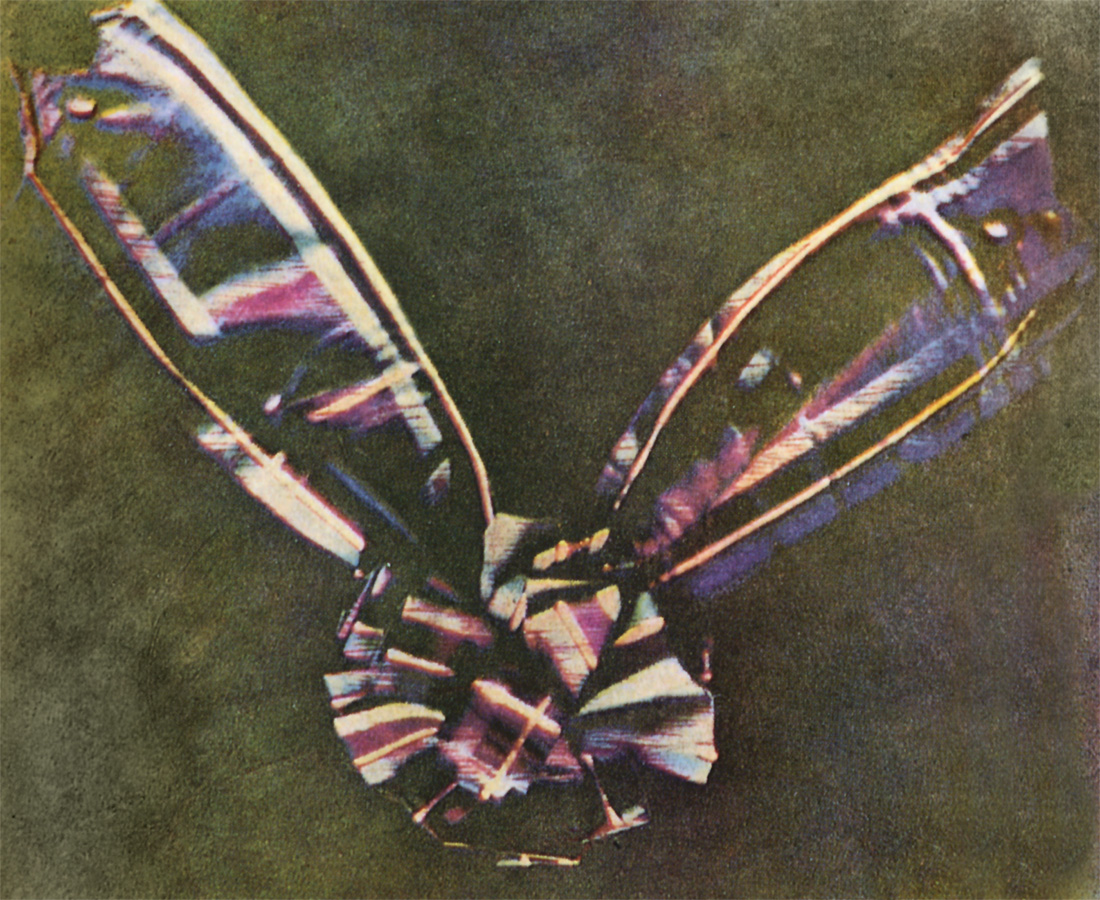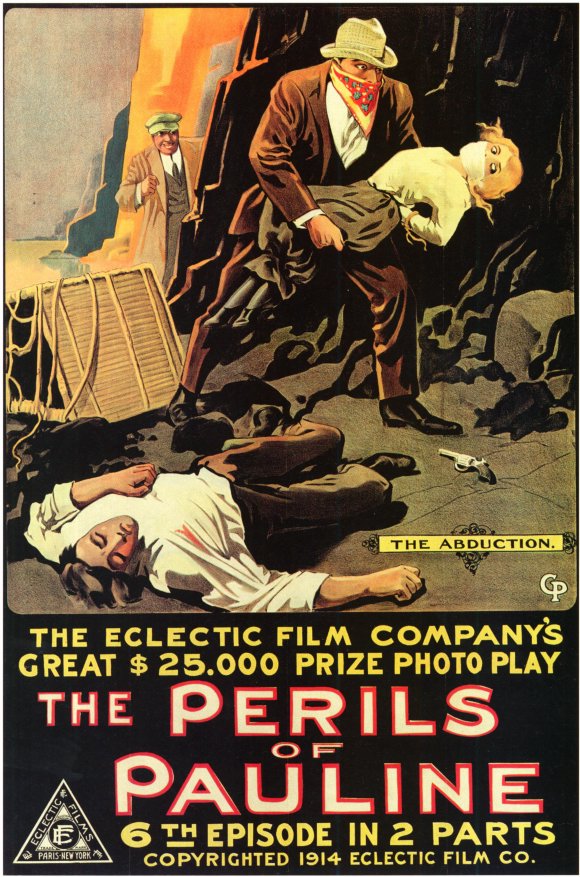|
Pál Fejös
Pál Fejős (24 January 1897 – 23 April 1963), known professionally as Paul Fejos, was a Hungarian-American film director, director of feature films and documentaries who worked in a number of countries including the United States. He also studied medicine in his youth and became a prominent anthropologist later in life. During World War I, Fejos worked as a medical orderly for the Imperial Austrian Army on the Italian front lines and also managed a theater that performed for troops. After the war, he returned to Budapest and eventually worked for the Orient-Film production company. He began to direct films in 1919 or 1920 for Mobil Studios in Hungary until he escaped in 1923 to flee the White Terror and the Miklós Horthy, Horthy regime. He made his way to New York City and then eventually to Hollywood where he began production on his first American feature film, ''The Last Moment (1928 film), The Last Moment'', in October 1927. The film proved to be popular, which allowed him ... [...More Info...] [...Related Items...] OR: [Wikipedia] [Google] [Baidu] |
Budapest
Budapest is the Capital city, capital and List of cities and towns of Hungary, most populous city of Hungary. It is the List of cities in the European Union by population within city limits, tenth-largest city in the European Union by population within city limits and the List of cities and towns on the river Danube, second-largest city on the river Danube. The estimated population of the city in 2025 is 1,782,240. This includes the city's population and surrounding suburban areas, over a land area of about . Budapest, which is both a List of cities and towns of Hungary, city and Counties of Hungary, municipality, forms the centre of the Budapest metropolitan area, which has an area of and a population of 3,019,479. It is a primate city, constituting 33% of the population of Hungary. The history of Budapest began when an early Celts, Celtic settlement transformed into the Ancient Rome, Roman town of Aquincum, the capital of Pannonia Inferior, Lower Pannonia. The Hungarian p ... [...More Info...] [...Related Items...] OR: [Wikipedia] [Google] [Baidu] |
Piarist
The Piarists (), officially named the Order of Poor Clerics Regular of the Mother of God of the Pious Schools (), abbreviated SchP, is a religious order of clerics regular of the Catholic Church founded in 1617 by Spanish priest Joseph Calasanz. It is the oldest religious order dedicated to education, and the main occupation of the Piarist fathers is teaching children and youth, the primary goal being to provide free education for poor children. The Piarist practice was to become a model for numerous later Catholic societies devoted to teaching, while some state-supported public school systems in Europe also followed their example. The Piarists have had a considerable success in the education of physically or mentally disabled persons. Notable individuals who have taught at Piarist schools include Pope Pius IX, Goya, Schubert, Gregor Mendel, Tadeusz Kościuszko, and Victor Hugo. History Joseph Calasanz Joseph Calasanz, a native of Peralta de la Sal in the Spanish province of Hu ... [...More Info...] [...Related Items...] OR: [Wikipedia] [Google] [Baidu] |
Color Photography
Color photography (also spelled as colour photography in English in the Commonwealth of Nations, Commonwealth English) is photography that uses media capable of capturing and reproducing colors. By contrast, black-and-white or gray-monochrome photography records only a single channel of luminance (brightness) and uses media capable only of showing shades of gray. In color photography, electronic sensors or light-sensitive chemicals record color information at the time of exposure (photography), exposure. This is usually done by analyzing the spectrum of colors into three channels of information, one dominated by red, another by green and the third by blue, in imitation of the way the normal color vision#Physiology of color perception, human eye senses color. The recorded information is then used to reproduce the original colors by mixing various proportions of red, green and blue light (RGB color, used by video displays, digital projectors and some historical photographic proce ... [...More Info...] [...Related Items...] OR: [Wikipedia] [Google] [Baidu] |
Alexander Pushkin
Alexander Sergeyevich Pushkin () was a Russian poet, playwright, and novelist of the Romantic era.Basker, Michael. Pushkin and Romanticism. In Ferber, Michael, ed., ''A Companion to European Romanticism''. Oxford: Blackwell, 2005. He is considered by many to be the greatest Russian poet,Short biography from University of Virginia . Retrieved 24 November 2006.Allan Reid, "Russia's Greatest Poet/Scoundrel" Retrieved 2 September 2006. as well as the founder of modern Russian literature [...More Info...] [...Related Items...] OR: [Wikipedia] [Google] [Baidu] |
Serial Film
A serial film, film serial (or just serial), movie serial, or chapter play, is a motion picture form popular during the first half of the 20th century, consisting of a series of short subjects exhibited in consecutive order at one theater, generally advancing weekly, until the series is completed. Usually, each serial involves a single set of characters, protagonistic and antagonistic, involved in a single story. The film is edited into chapters, after the fashion of serial fiction, and the episodes should not be shown out of order, as individual chapters, or as part of a random collection of short subjects. Each chapter was screened at a movie theater for one week, and typically ended with a cliffhanger, in which characters found themselves in perilous situations with little apparent chance of escape. Viewers had to return each week to see the cliffhangers resolved and to follow the continuing story. Movie serials were especially popular with children, and for many youths in t ... [...More Info...] [...Related Items...] OR: [Wikipedia] [Google] [Baidu] |
Oscar Wilde
Oscar Fingal O'Fflahertie Wills Wilde (16 October 185430 November 1900) was an Irish author, poet, and playwright. After writing in different literary styles throughout the 1880s, he became one of the most popular and influential playwrights in London in the early 1890s. Regarded by most commentators as the greatest playwright of the Victorian era, Wilde is best known for his 1890 Gothic fiction, Gothic philosophical fiction ''The Picture of Dorian Gray'', as well as his numerous epigrams and plays, and his criminal conviction for gross indecency for homosexual acts. Wilde's parents were Anglo-Irish intellectuals in Dublin. In his youth, Wilde learned to speak fluent French and German. At university, he read Literae Humaniores#Greats, Greats; he demonstrated himself to be an exceptional classicist, first at Trinity College Dublin, then at Magdalen College, Oxford. He became associated with the emerging philosophy of aestheticism, led by two of his tutors, Walter Pater and Jo ... [...More Info...] [...Related Items...] OR: [Wikipedia] [Google] [Baidu] |
Lord Arthur Savile's Crime (short Story)
''Lord Arthur Savile's Crime and Other Stories'' is a collection of short semi-comic mystery stories that were written by Oscar Wilde and published in 1891. It includes: *"Lord Arthur Savile's Crime" *"The Canterville Ghost" *"The Sphinx Without a Secret" *"The Model Millionaire" In later editions, another story, "The Portrait of Mr. W. H.", was added to the collection. __TOC__ Contents "Lord Arthur Savile's Crime" This story was first published in ''The Court and Society Review'', in late 1887. The main character, Lord Arthur Savile, is introduced by Lady Windermere to Mr Septimus R. Podgers, a chiromantist, who reads his palm and tells him that it is his destiny to be a murderer. Lord Arthur wants to marry, but decides he has no right to do so until he has committed the murder. His first attempted murder victim is his elderly Aunt Clementina, who suffers from heartburn. Pretending it is medicine, Lord Arthur gives her a capsule of poison, telling her to take it only when ... [...More Info...] [...Related Items...] OR: [Wikipedia] [Google] [Baidu] |
Silent Films
A silent film is a film without synchronized recorded sound (or more generally, no audible dialogue). Though silent films convey narrative and emotion visually, various plot elements (such as a setting or era) or key lines of dialogue may, when necessary, be conveyed by the use of inter- title cards. The term "silent film" is something of a misnomer, as these films were almost always accompanied by live sounds. During the silent era, which existed from the mid-1890s to the late 1920s, a pianist, theater organist—or even, in larger cities, an orchestra—would play music to accompany the films. Pianists and organists would play either from sheet music, or improvisation. Sometimes a person would even narrate the inter-title cards for the audience. Though at the time the technology to synchronize sound with the film did not exist, music was seen as an essential part of the viewing experience. "Silent film" is typically used as a historical term to describe an era of cinema prio ... [...More Info...] [...Related Items...] OR: [Wikipedia] [Google] [Baidu] |
Fighter Aircraft
Fighter aircraft (early on also ''pursuit aircraft'') are military aircraft designed primarily for air-to-air combat. In military conflict, the role of fighter aircraft is to establish air supremacy, air superiority of the battlespace. Domination of the airspace above a battlefield permits bombers and attack aircraft to engage in tactical bombing, tactical and strategic bombing of enemy targets, and helps prevent the enemy from doing the same. The key performance features of a fighter include not only its firepower but also its high speed and maneuverability relative to the target aircraft. The success or failure of a combatant's efforts to gain air superiority hinges on several factors including the skill of its pilots, the tactical soundness of its doctrine for deploying its fighters, and the numbers and performance of those fighters. Many modern fighter aircraft also have secondary capabilities such as ground-attack aircraft, ground attack and some types, such as fighter-b ... [...More Info...] [...Related Items...] OR: [Wikipedia] [Google] [Baidu] |
Army Of The Holy Roman Empire
The Army of the Holy Roman Empire (; , ''Reichsheer'', or ''Reichsarmatur''; ) was created in 1422 and came to an end when the Holy Roman Empire was dissolved in 1806 as a result of the Napoleonic Wars. The Army of the Empire was not a standing army. When there was danger, it was mustered from among the elements constituting it, in order to conduct a military campaign or ''Reichsheerfahrt'' during an Imperial War (''Reichskrieg'') or an Imperial Execution (''Reichsexekution''). It could only be deployed with the consent of the Imperial Diet and should not be confused with the Imperial Army (''Kaiserliche Armee'') of the Holy Roman Emperor. In practice, the various forces of the Army of the Empire often had stronger local allegiances than to the Holy Roman Emperor. History Prompted by the threat posed by the Hussites, the Imperial Diet of 1422 held in Nuremberg created the Army of the Empire by demanding specific contingents of troops from the various parts of the Empire. ... [...More Info...] [...Related Items...] OR: [Wikipedia] [Google] [Baidu] |
Orderly
In healthcare, an orderly (also known as a ward assistant, nurse assistant or healthcare assistant) is a hospital attendant whose job consists of assisting medical and nursing staff with various nursing and medical interventions. These duties are classified as routine tasks involving no risk for the patient. Job details Orderlies are often utilized in various hospital departments. Orderly duties can range in scope depending on the area of the health care facility they are employed. For that reason, duties can range from assisting in the physical restraint of combative patients, assisting physicians with the application of casts, transporting patients, shaving patients, and providing other similar routine personal care to setting up specialised hospital equipment such as bed traction arrays. Orderlies are typically found in emergency departments, operating rooms, psychiatric wards, long-term care facilities, and orthopaedics departments. Orderlies are described as nonlicen ... [...More Info...] [...Related Items...] OR: [Wikipedia] [Google] [Baidu] |






